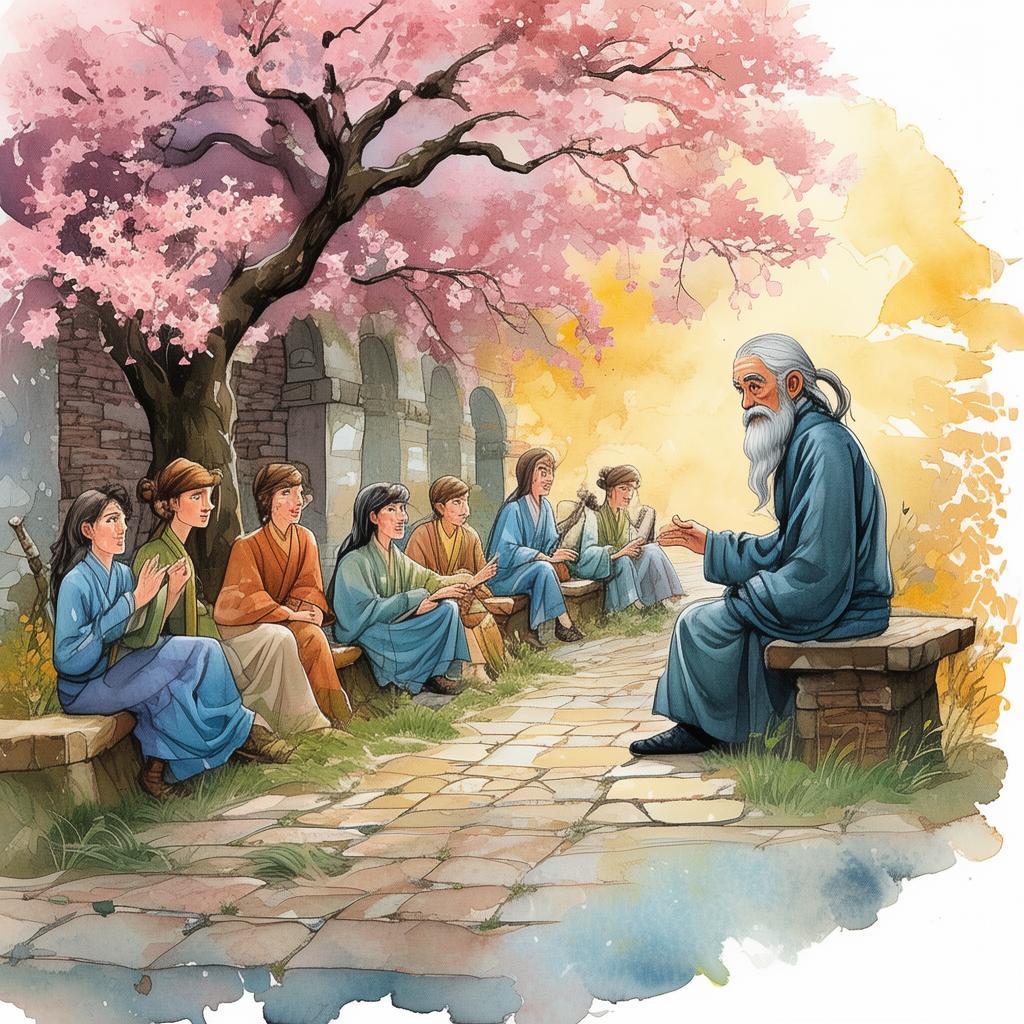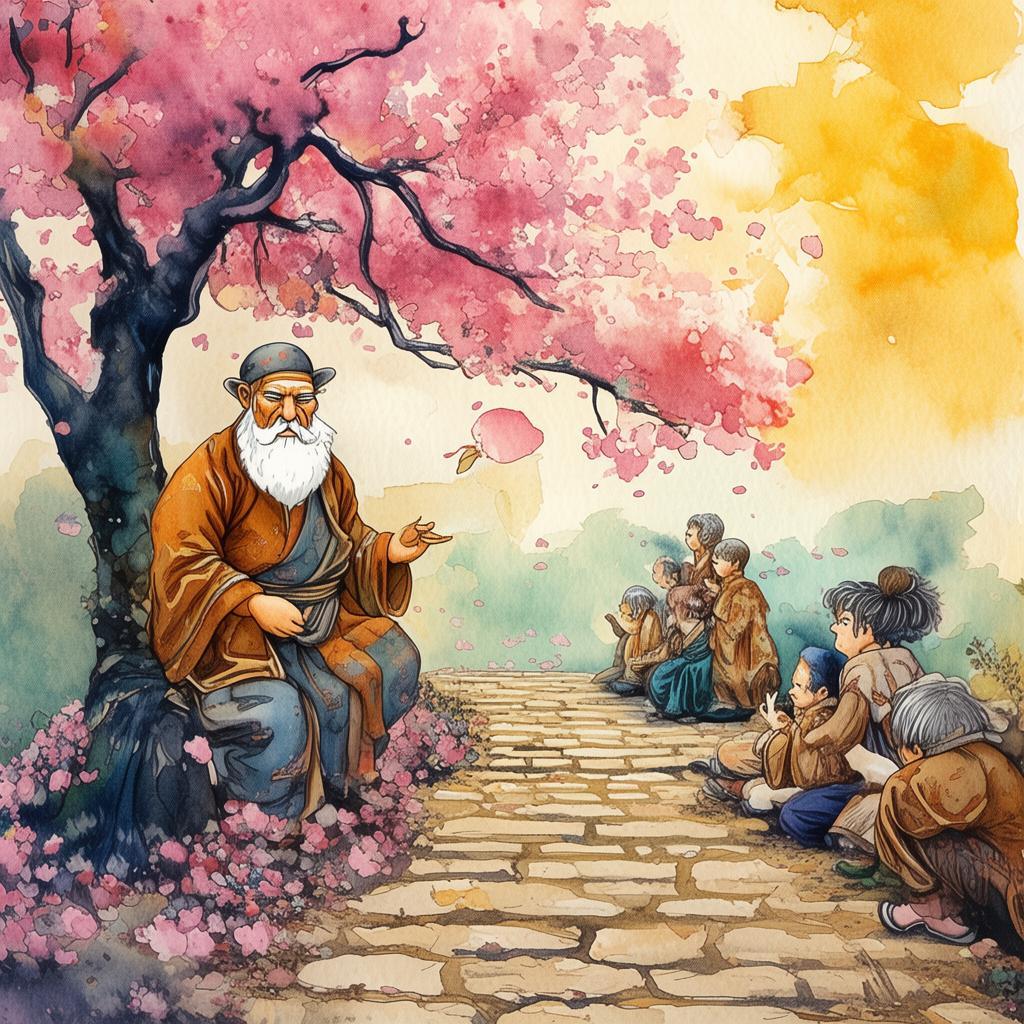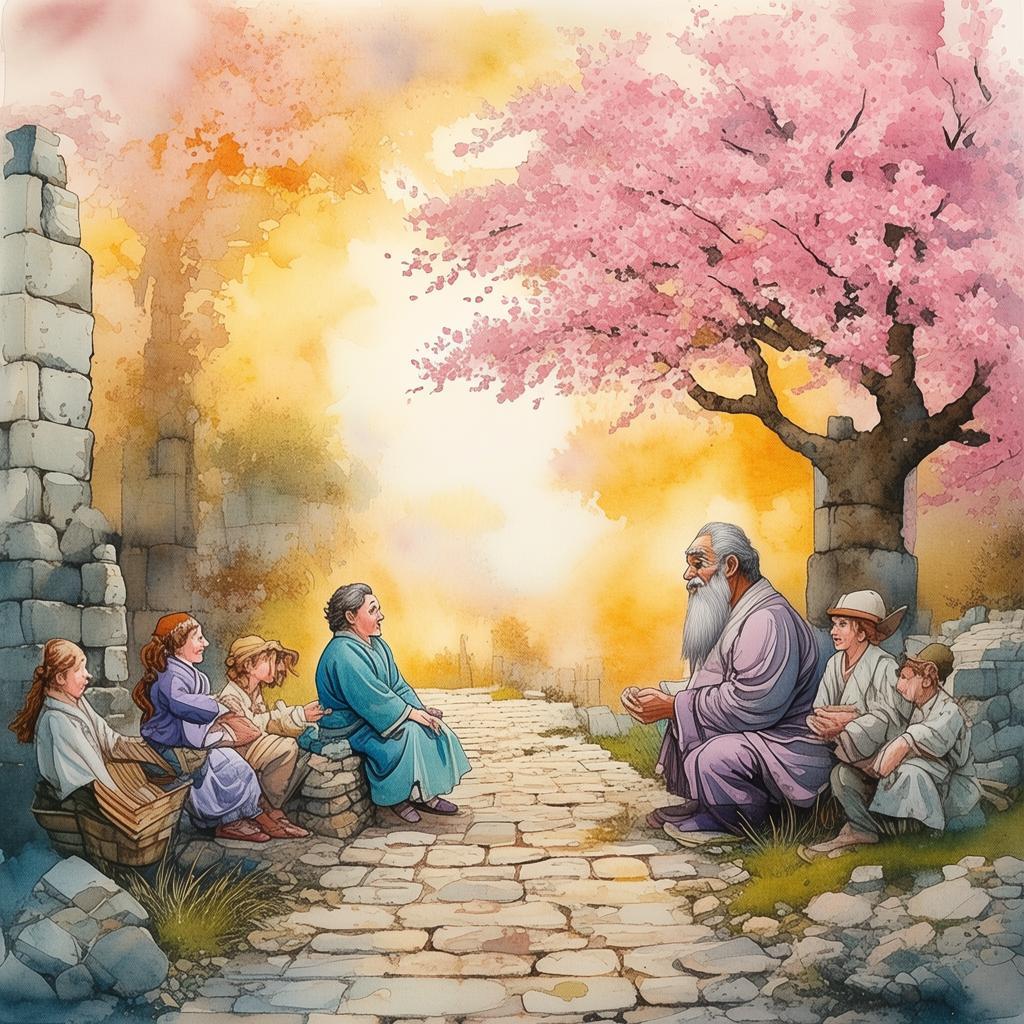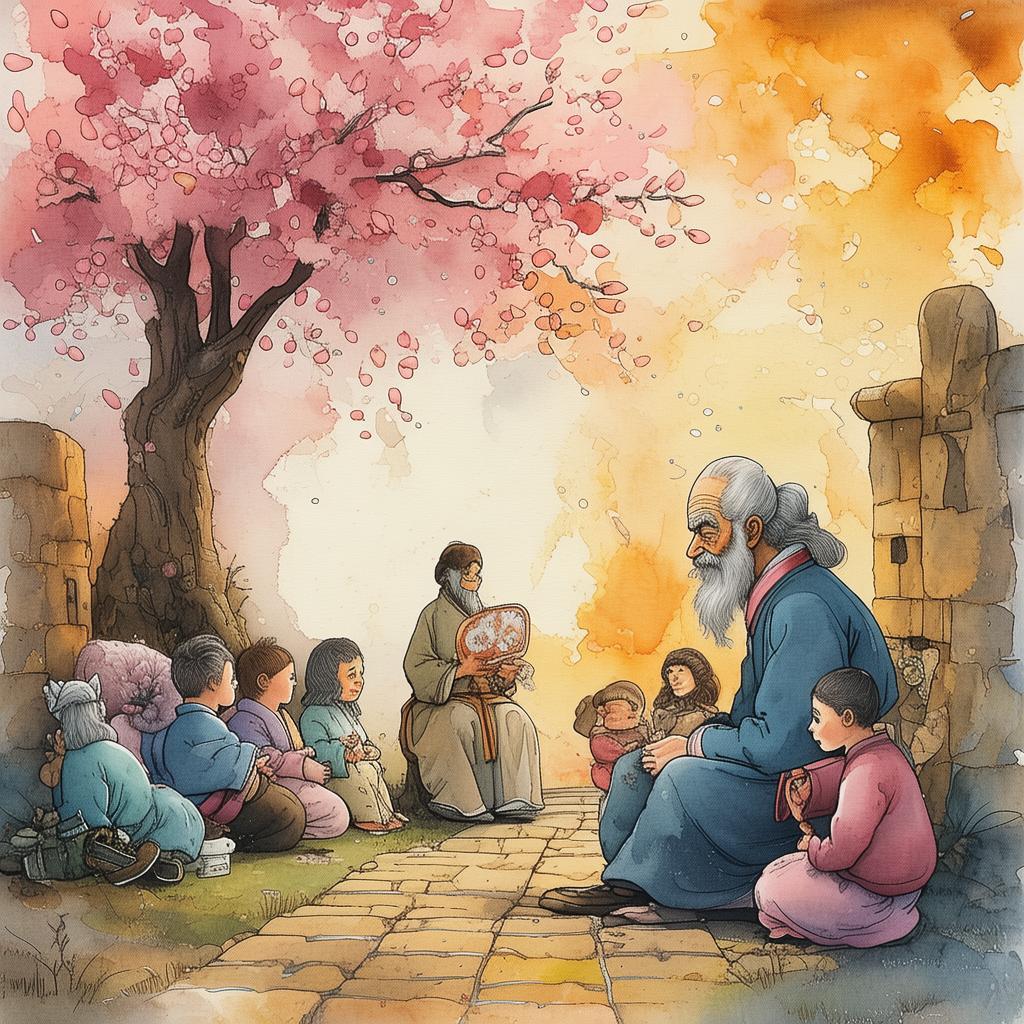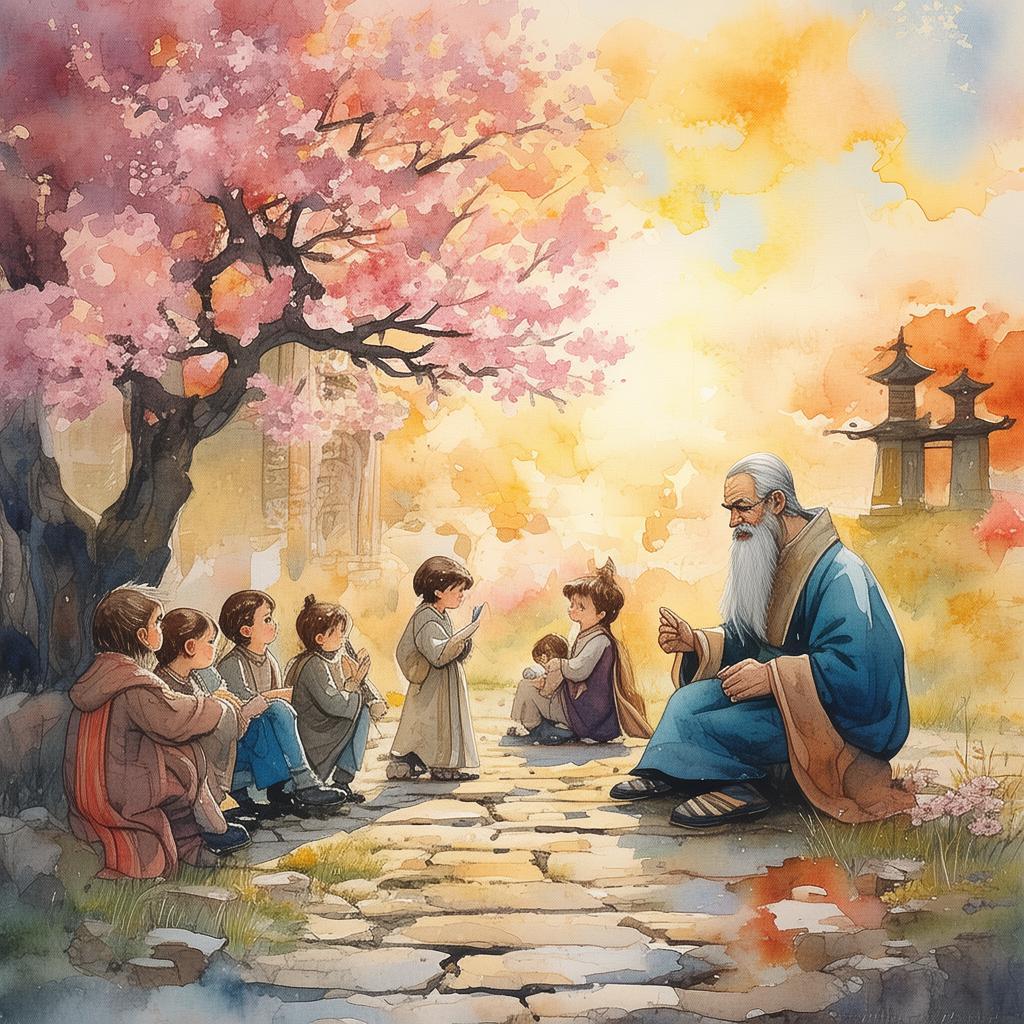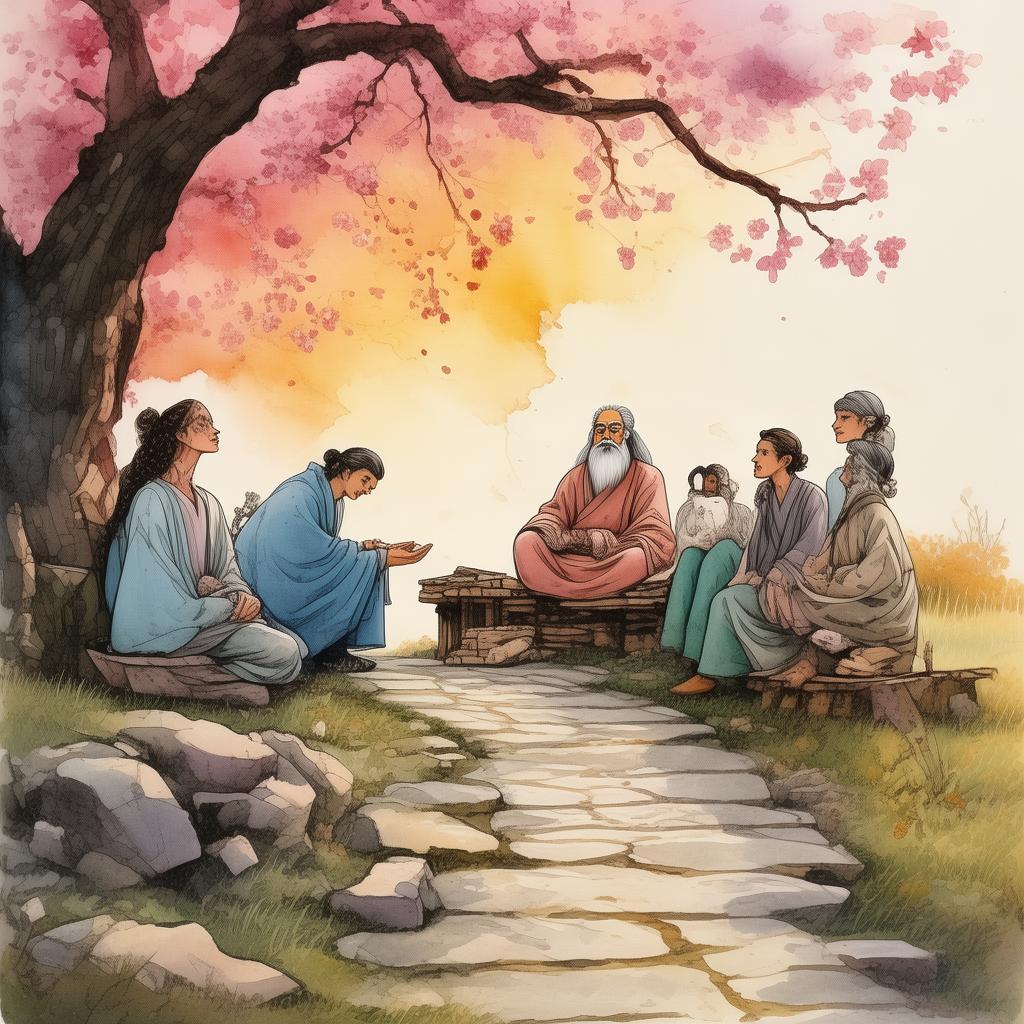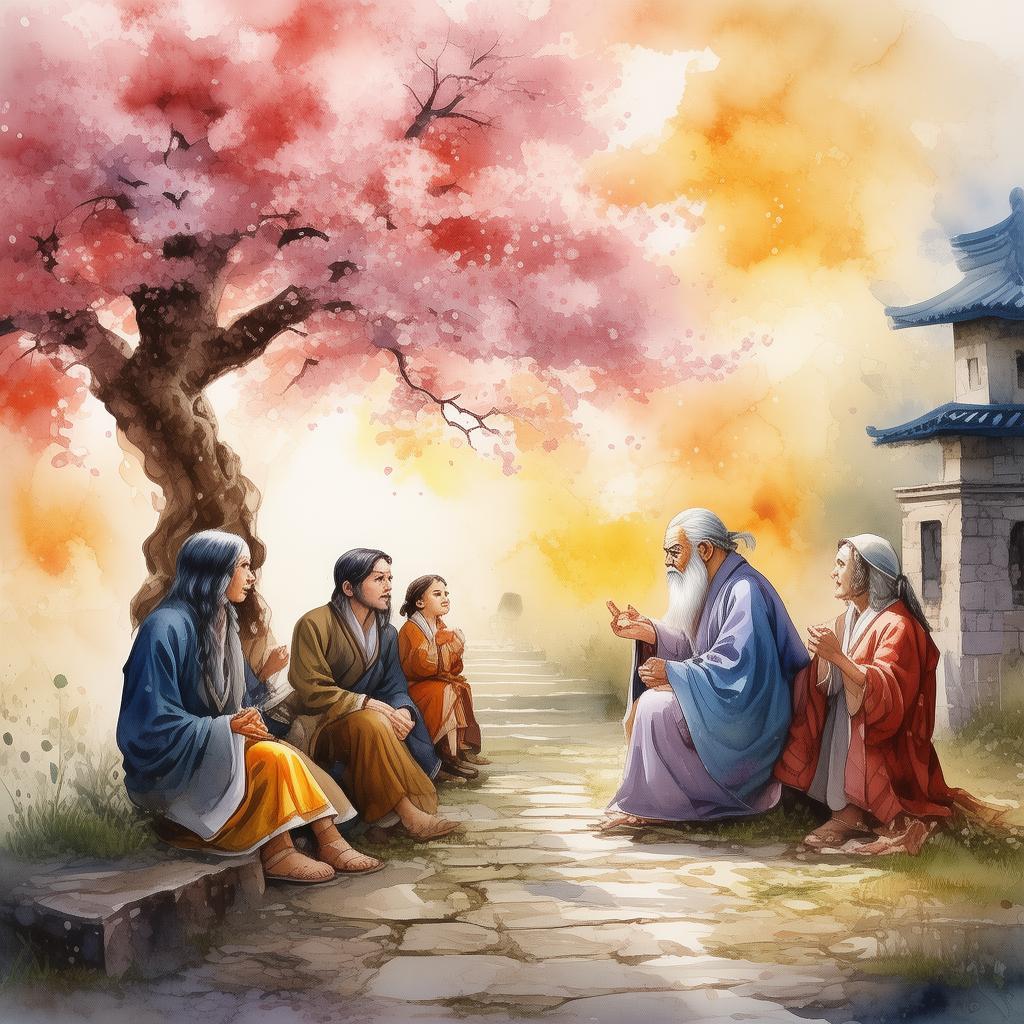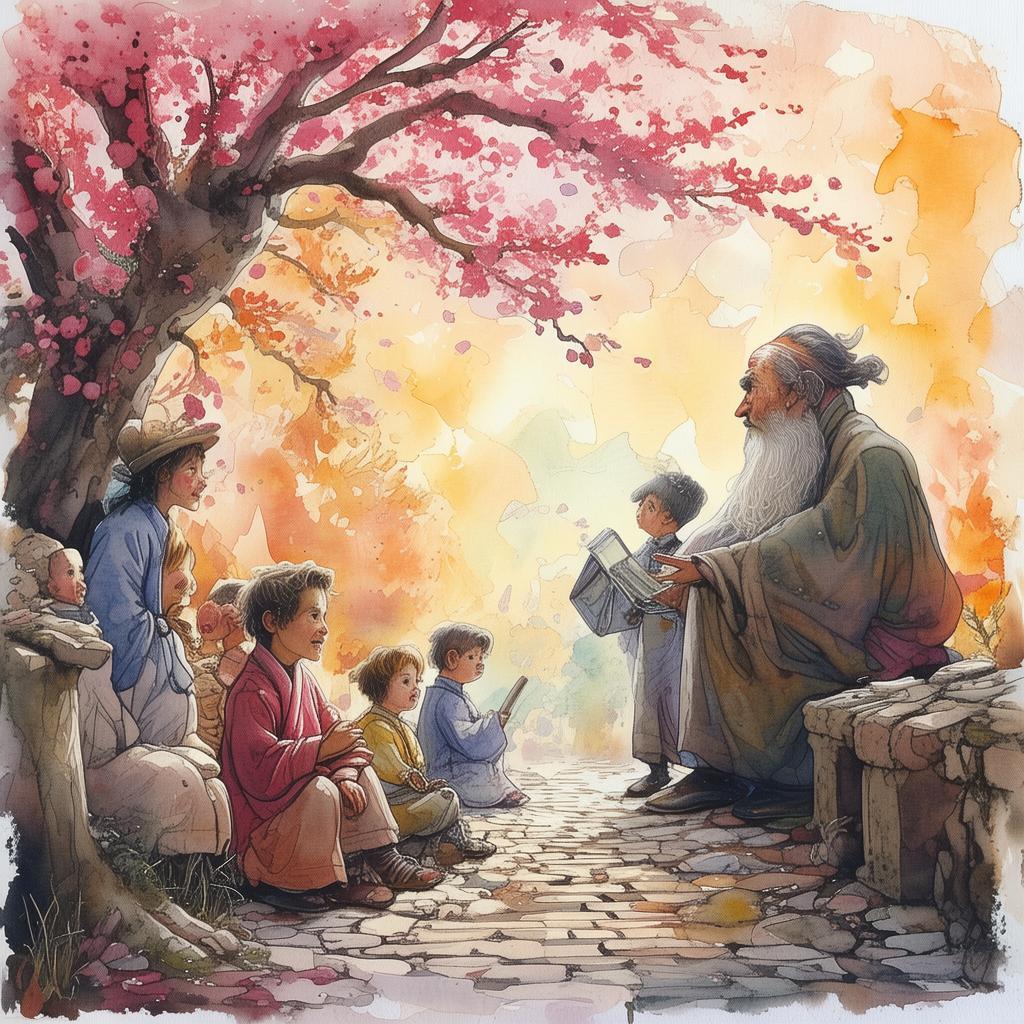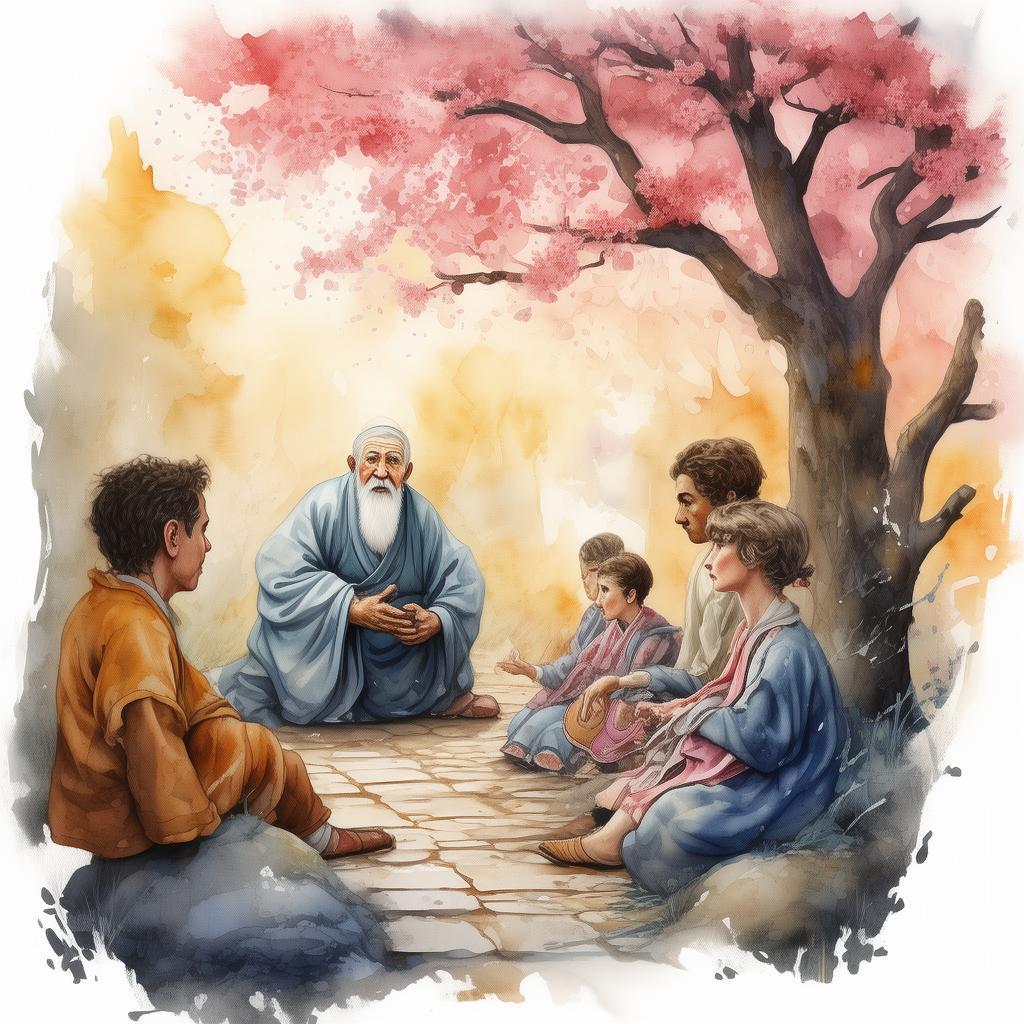The Violin's Resonance: A Symphony of Fate and Redemption
In the heart of an ancient European city, nestled between cobblestone streets and grand cathedrals, lay a violin shop that had been a beacon of melody for generations. The shop's owner, an elderly luthier named Maestro Giuseppe, was known far and wide for his meticulous craftsmanship. However, the shop was more than just a place of business—it was a repository of stories, each bound to a different violin, and it was there that a tale of extraordinary destiny would unfold.
The story began in 1654 with the creation of a violin by a master craftsman, Donato, whose soul was as passionate about music as his hands were skilled. He imbued his instrument with a spirit of harmony and creativity, hoping that it would touch the hearts of many. The violin was soon named "Harmony's Resonance," a name that would echo through time and across continents.
The years passed, and the violin passed through many hands. It was a prized possession of a renowned court musician, a revered soloist in an orchestra, and even a traveling minstrel who performed in humble taverns. Yet, no one knew of the violin's true power, hidden in its rich history and the music that had once been played upon it.
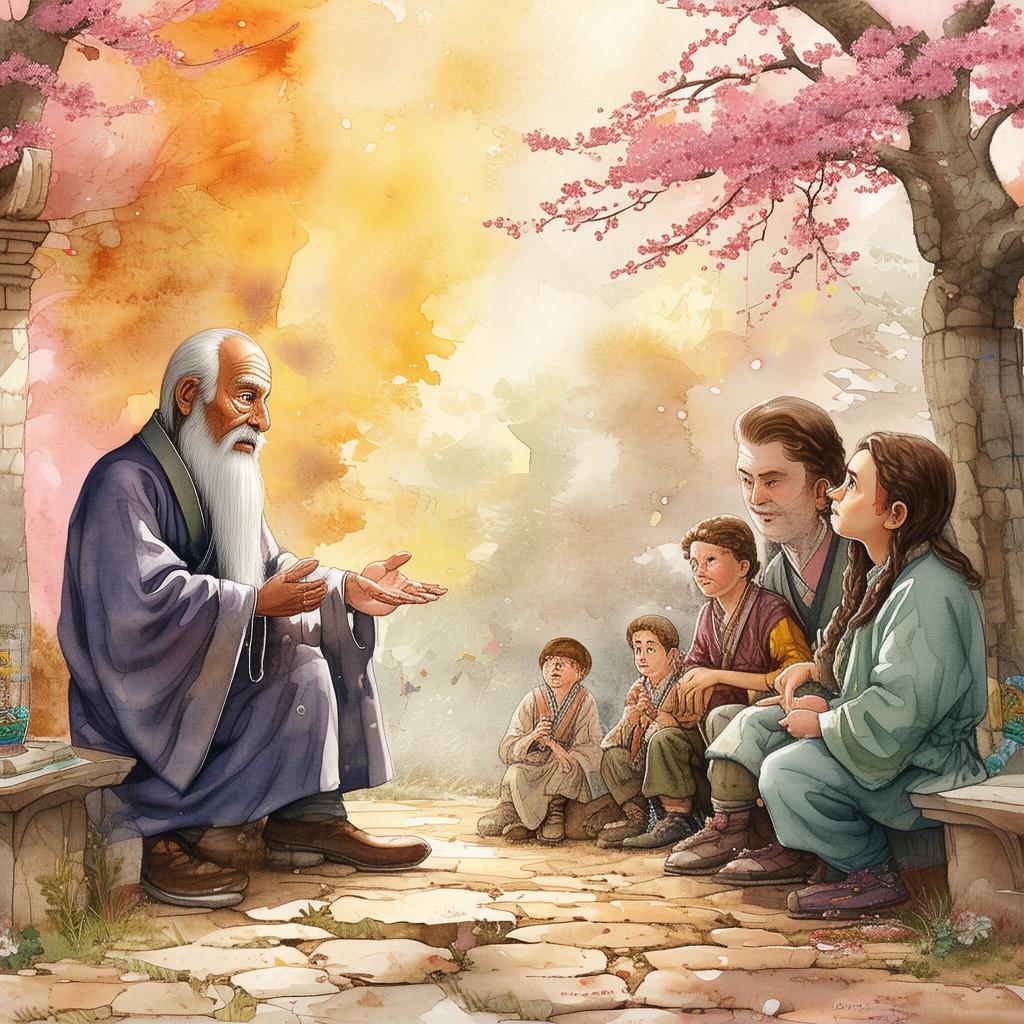
In 1912, the violin found its way into the hands of a young violinist named Elena. She was an orphan, raised in a foster home, and music was her only solace. Elena's fingers danced upon the strings with a fervor that belied her young age, and it wasn't long before she began to feel a connection to the instrument. It seemed as if the violin was responding to her soul's call, resonating with the same passion and creativity that Donato had infused within it.
As Elena's talent blossomed, so did the violin's role in her life. She traveled the world, performing in concert halls and ballrooms, and the violin accompanied her every step. Yet, the road was fraught with adversity. Elena faced skepticism from the conservative musical establishment, but she persevered, using the violin's melodies to bridge the gap between tradition and innovation.
One fateful evening, during a performance in Vienna, Elena's violin played a piece that seemed to transcend the music of the past and the present. The audience was captivated, and as the final note lingered in the air, a hush fell over the hall. Elena had no idea that this moment would change her life forever.
It was then that the violin spoke to her, through the strings and the wood, with a voice that only she could hear. It revealed its true name, "Harmony's Resonance," and its mission: to bring peace and redemption to a world that had become increasingly divided by conflict.
The violin's voice was clear, and Elena was filled with a newfound purpose. She used her music to heal wounds, to bridge gaps, and to inspire hope. The violin's resonance grew stronger with each performance, and it soon became apparent that the instrument had a profound impact on those who heard it.
As the years went on, Elena's violin became a symbol of hope during World War II. She performed for soldiers on the front lines, bringing a taste of home and peace to those in the midst of chaos. It was during one of these performances that Elena was forced to flee, leaving her violin behind.
The violin's journey took a new turn as it found itself in the hands of a German soldier, a musician himself, who played it during the war's darkest days. The soldier, despite being on opposite sides of the conflict, was profoundly affected by the violin's music, which spoke of unity and love amidst the destruction.
After the war, the violin's path led it to an American violinist named Mark, who was rebuilding his life and his career. Mark discovered the violin in a small, abandoned violin shop in Germany and was immediately drawn to its unique sound. As he played it, he too felt the instrument's calling, and he too embarked on a journey of musical redemption.
Mark used the violin to heal the wounds of war, performing concerts that celebrated peace and reconciliation. The violin's story became a testament to the power of music to transcend boundaries and bring people together.
Through the ages, "Harmony's Resonance" had been the vessel for countless tales of love, loss, and redemption. Each musician who played it was touched by the instrument's history and its ability to inspire. The violin's journey was far from over; it continued to weave its magic, connecting souls and spreading its message of hope and harmony.
And so, in the small violin shop in the ancient city, Maestro Giuseppe's eyes twinkled with a sense of wonder as he witnessed the final chapter of "Harmony's Resonance." He knew that the violin's story was not one that would end with him, but rather, it would continue to resonate with the world, long after his own passing.
The Violin's Resonance was not just a story of music and art; it was a tale of fate and redemption, proving that even in the darkest of times, the power of music could bring light to the world.
✨ Original Statement ✨
All articles published on this website (including but not limited to text, images, videos, and other content) are original or authorized for reposting and are protected by relevant laws. Without the explicit written permission of this website, no individual or organization may copy, modify, repost, or use the content for commercial purposes.
If you need to quote or cooperate, please contact this site for authorization. We reserve the right to pursue legal responsibility for any unauthorized use.
Hereby declared.

